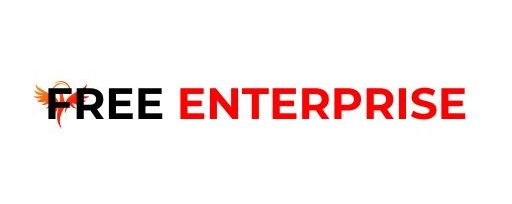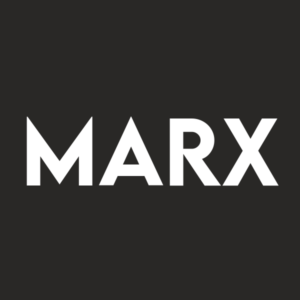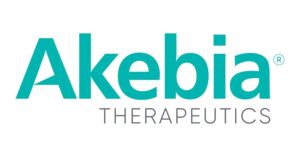
<!-- HTML_TAG_START -->NasdaqCM:LAES Ownership Breakdown December 25th 2024<!-- HTML_TAG_END -->
-
Significant control over SEALSQ by retail investors implies that the general public has more power to influence management and governance-related decisions
-
The top 13 shareholders own 42% of the company
Every investor in SEALSQ Corp (NASDAQ:LAES) should be aware of the most powerful shareholder groups. And the group that holds the biggest piece of the pie are retail investors with 58% ownership. In other words, the group stands to gain the most (or lose the most) from their investment into the company.
While retail investors were the group that benefitted the most from last week’s US$75m market cap gain, institutions too had a 22% share in those profits.
Let’s delve deeper into each type of owner of SEALSQ, beginning with the chart below.
Check out our latest analysis for SEALSQ
Many institutions measure their performance against an index that approximates the local market. So they usually pay more attention to companies that are included in major indices.
As you can see, institutional investors have a fair amount of stake in SEALSQ. This implies the analysts working for those institutions have looked at the stock and they like it. But just like anyone else, they could be wrong. It is not uncommon to see a big share price drop if two large institutional investors try to sell out of a stock at the same time. So it is worth checking the past earnings trajectory of SEALSQ, (below). Of course, keep in mind that there are other factors to consider, too.
We note that hedge funds don’t have a meaningful investment in SEALSQ. Our data shows that L1 Capital Pty. Limited is the largest shareholder with 22% of shares outstanding. With 20% and 0.3% of the shares outstanding respectively, WISeKey International Holding AG and Carlos Moreira are the second and third largest shareholders. Carlos Moreira, who is the third-largest shareholder, also happens to hold the title of Chairman of the Board.
Our studies suggest that the top 13 shareholders collectively control less than half of the company’s shares, meaning that the company’s shares are widely disseminated and there is no dominant shareholder.
Researching institutional ownership is a good way to gauge and filter a stock’s expected performance. The same can be achieved by studying analyst sentiments. While there is some analyst coverage, the company is probably not widely covered. So it could gain more attention, down the track.
While the precise definition of an insider can be subjective, almost everyone considers board members to be insiders. Management ultimately answers to the board. However, it is not uncommon for managers to be executive board members, especially if they are a founder or the CEO.




